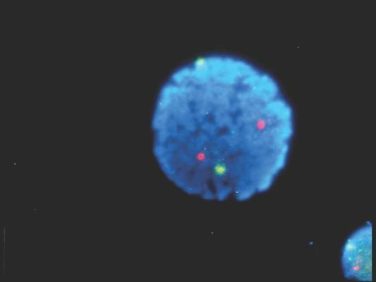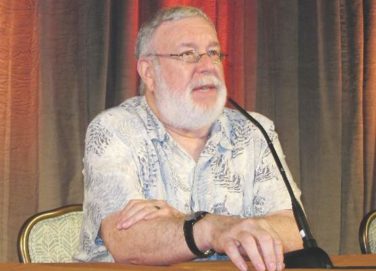FROM GASTROENTEROLOGY
When compared with conventional colonoscopy, capsule colonoscopy had a sensitivity of 88% and a specificity of 82% for detecting adenomas of at least 6 mm in asymptomatic subjects, a multicenter prospective study showed.
But the capsule detected only 29% of subjects who had sessile serrated polyps of at least 6 mm, and required more extensive bowel preparation than did conventional colonoscopy, Dr. Douglas K. Rex at Indiana University Hospital in Indianapolis and his associates reported in the May issue of Gastroenterology (2015 [ doi:10.1053/j.gastro.2015.01.025 ]). “Given these considerations … colonoscopy remains the gold standard for the detection of colorectal polyps,” said the researchers. “The capsule is a good test for the detection of patients with conventional adenomas 6 mm or larger in size and appears to be an appropriate imaging choice for patients who cannot undergo colonoscopy or had incomplete colonoscopy.”
Capsule endoscopy is useful for small-bowel imaging, but adapting the technology for colorectal studies has been difficult. A first-generation capsule detected only 74% of advanced adenomas in one prospective multicenter trial , the researchers noted. Since then, the PillCam COLON 2 capsule has been updated with motion detection, variable frame speed, and a wider angle view, they said. In smaller studies, it detected up to 89% of subjects with polyps of at least 6 mm, but its specificity was as low as 64%.
To further investigate the technology, researchers at 16 centers in the United States and Israel compared the second-generation capsule with conventional colonoscopy in an average-risk screening population of 884 asymptomatic subjects. Endoscopists were blinded as to technique, but performed unblinded follow-up colonoscopies in subjects who were positive on capsule but negative on conventional colonoscopy.
The capsule’s sensitivity was 81% (95% confidence interval, 77%-84%) and its specificity was 93% (91%-95%) for detecting subjects who had polyps of at least 6 mm, the researchers reported. Sensitivity was 80% (74%-86%) and specificity was 97% (96%-98%) for detecting subjects with polyps of at least 10 mm. For conventional adenomas of at least 6 mm, sensitivity was 88% (82%-93%) and specificity was 82% (80%-83%), and for adenomas of 10 mm or larger, sensitivity was 92% (82%-97%) and specificity was 95% (94%-95%).
“Lesions in the serrated class were not detected well by the capsule in this study, compared with conventional adenomas,” the researchers reported. Prior studies of the capsule did not look for serrated lesions, and in the current study sensitivities were only 29% and 33% for 6-mm and 10-mm lesions, respectively.
The software used to measure polyps during capsule colonoscopy had a 40% error range when tested on balls of known size, the researchers said. Therefore, there is a strict location-matching rule within the colon, but a liberal size rule that only required measurements to fall within 50% of one another to be considered a match. “Any set of matching rules for polyps detected by the capsule and colonoscopy might operate to increase or decrease the calculated sensitivity of the capsule incorrectly,” they added. Also, the adenoma detection rate for conventional colonoscopy was only 39%, and some polyps that were clearly seen on capsule were not visualized on regular colonoscopy. “In these cases, a polyp that should be a true positive for the capsule was counted as false,” they added. “Both colonoscopy and capsule are inferior for localization, compared with CT colonography. Inaccurate localization by one or both tests in this study could have reduced the sensitivity of the capsule.”
The investigators also had to exclude 77 patients because of inadequate cleansing and short transit times related to using sodium phosphate as a boost, they noted. The Food and Drug Administration label for the capsule is expected to reflect those limitations, they added.
Given Imaging funded the study and paid consulting or other fees to Dr. Rex and six coauthors. The other authors reported having no relevant conflicts of interest.




